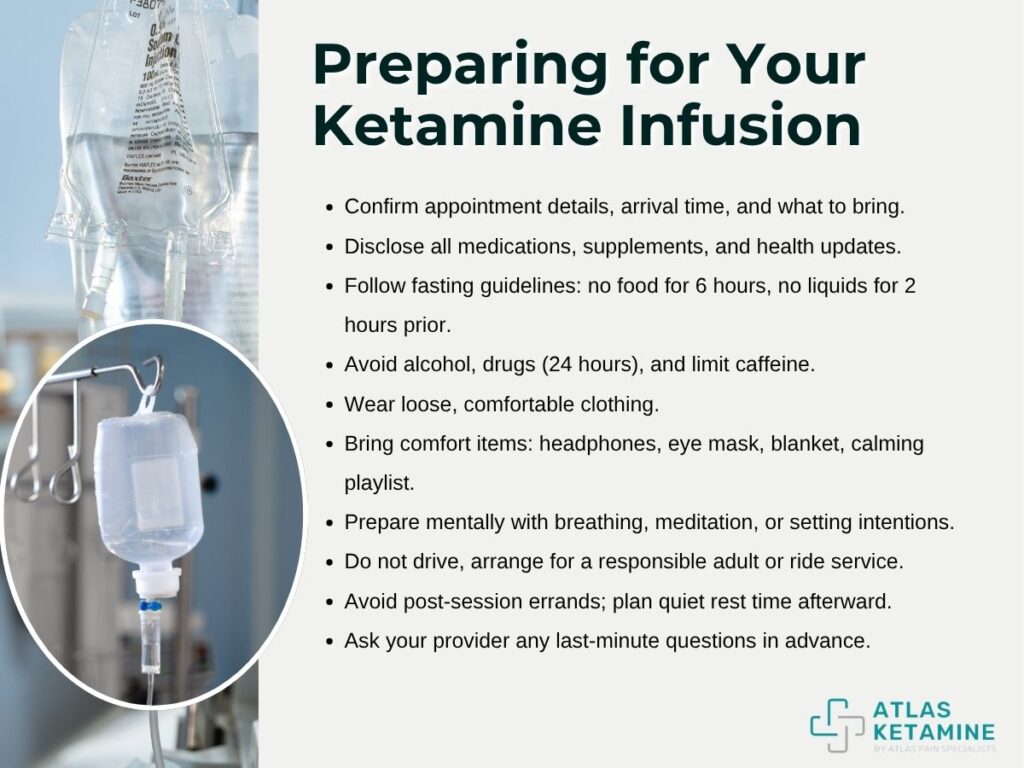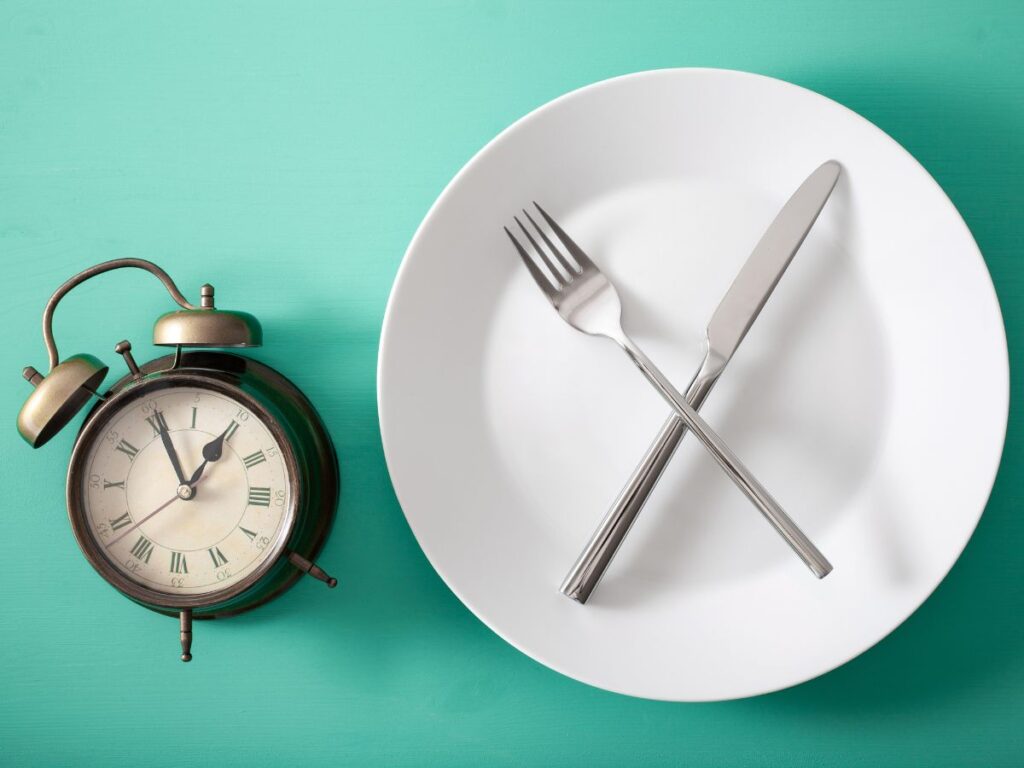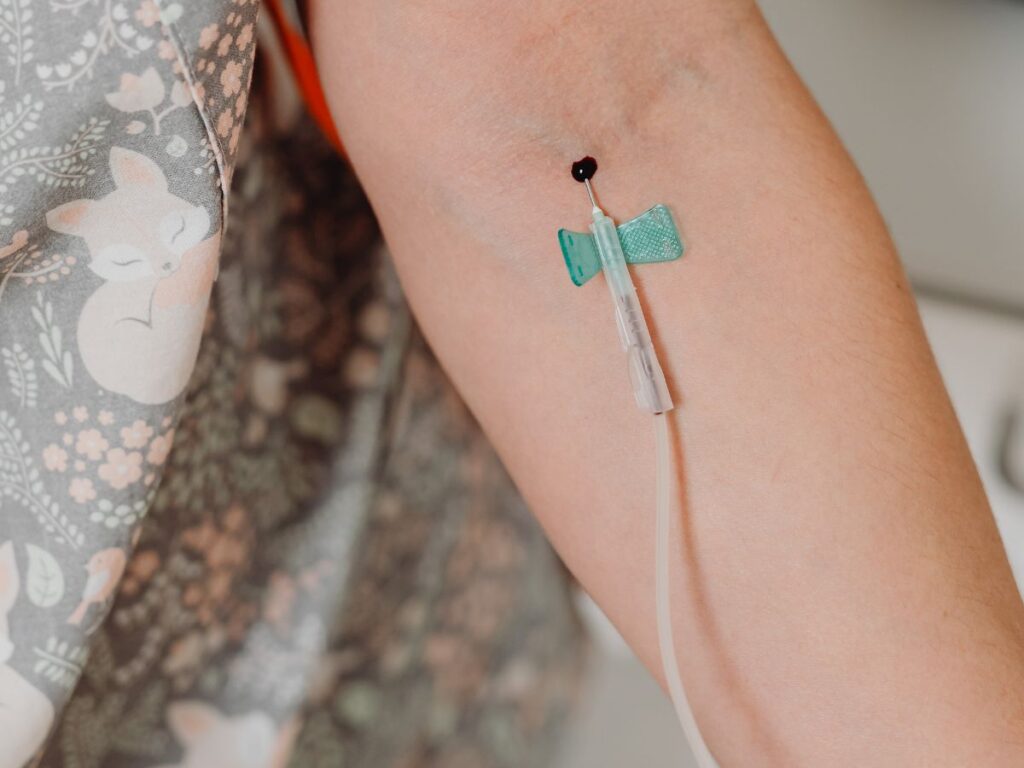Ketamine infusion therapy is steadily becoming a valued option in the treatment of mood disorders and chronic pain conditions. Initially used as an anesthetic, ketamine has shown promising results in patients who have not responded well to more traditional treatment paths.
Clinics across the country now offer infusions in controlled, closely monitored environments where safety and comfort are prioritized. While it may seem like a significant step, many individuals find the process more manageable than expected once they understand what lies ahead.
Familiarity with the process can help you feel more secure and allow you to focus on your well-being. As with any form of treatment, setting expectations early can make a difference in how your body and mind respond. Let's look at preparing for your ketamine infusion.

Understanding Ketamine Infusion Therapy
Ketamine infusion therapy has emerged as a medically supervised option for individuals facing treatment-resistant mental health conditions and certain chronic pain syndromes. Unlike oral medications, this method delivers ketamine directly into the bloodstream, allowing the drug to take effect more quickly and often with fewer side effects in lower doses.
This mode of administration can be particularly helpful in settings where rapid symptom relief is needed or when traditional antidepressants have failed to provide adequate improvement.
There is a structured process to this form of treatment that focuses on safety, consistency, and individual response. Patients typically undergo a thorough screening before being considered eligible.
What Ketamine Is Commonly Used For
While ketamine began as an anesthetic, its clinical value now extends into psychiatry and pain management. Conditions such as major depressive disorder, generalized anxiety, post-traumatic stress disorder, and complex regional pain syndrome are among the most commonly addressed.
The effectiveness of ketamine in these cases often relates to how it interacts with NMDA receptors, influencing glutamate levels in the brain. Studies have shown measurable improvements in mood and pain symptoms within hours to days of treatment in some patients.
These outcomes do not occur uniformly, and not everyone experiences dramatic changes. However, for those who do respond, the change can be substantial enough to reframe what treatment progress looks like.
How the Infusion Process Typically Works
A ketamine infusion usually takes place in a quiet clinical room, with a nurse or medical professional present throughout the session.
- The infusion itself often lasts about 40 minutes, followed by a short recovery period.
- Patients are encouraged to relax during the treatment, and many bring headphones or comfort items that help ease their sense of alertness during the dissociative phase.
- Medical staff remain available to respond to physical or emotional discomfort, and any concerns are addressed in real time.
Most clinics begin with a series of multiple infusions scheduled closely together over the first two to three weeks. This initial phase allows the care team to assess how the body responds to ketamine, adjust dosage if needed, and plan for the maintenance phase if the results are positive.
Steps to Take Before Your Appointment
Preparing for ketamine infusion reduces physical risk, supports mental readiness, and eliminates preventable disruptions during the infusion. The process may feel new, but it follows a clear, structured routine informed by medical standards.
Most clinics provide pre-treatment guidelines, though individual instructions may vary slightly depending on your health history and the clinic’s protocol.
- Schedule and Confirm All Details With Your Provider
Once your infusion is approved, a clinic will set the appointment and walk you through what to expect on the day of your session. It’s important to clarify any uncertainties before your visit, including the timing, what to bring, and how long the entire visit might last.

This is also the time to provide any updates to your health history, including recent illnesses, surgeries, or new symptoms. Clinics typically outline arrival procedures in advance and you may be asked to arrive earlier for pre-infusion checks or complete a questionnaire beforehand.
This is also the right moment to ask about parking, support person policies, and follow-up scheduling.
- Medical and Medication Considerations
Before undergoing ketamine infusion therapy, patients are usually required to disclose all current medications and supplements. This step helps identify possible drug interactions, especially with medications that influence blood pressure or mental status.
Some medications may need to be adjusted or paused temporarily, but these changes should never be made without guidance from your prescribing provider. Certain health conditions, such as uncontrolled hypertension or cardiac issues, may require additional review.
Depending on your personal and family medical history, your provider may request further clearance or consult with your primary physician.
- Food and Drink Guidelines Before Infusion
To reduce nausea and avoid complications during the infusion, patients are often asked to fast for a few hours before their appointment. A common recommendation is to avoid solid food for at least six hours and limit liquids two hours prior, although your provider may offer a more specific timeline.

These precautions help create a more stable internal environment during the treatment. Alcohol and recreational drugs should be avoided entirely for at least 24 hours before the infusion, and caffeine should be limited as well.
Patients who follow these guidelines tend to experience fewer side effects and better focus during the recovery phase.
Preparing Mentally and Emotionally
Mental and emotional preparation is an important part of the infusion experience. While ketamine therapy involves a clinical setting, the sensations and effects during treatment can feel unfamiliar.
Taking time to prepare the mind in advance may help reduce anxiety and create a more grounded experience. Many providers encourage mental readiness alongside the physical steps, as both aspects can influence how the treatment is received and processed.
What to Expect Emotionally From the Experience
Ketamine infusions can affect awareness, memory, and perception in temporary but noticeable ways. Some patients report a sense of distance from their thoughts, while others experience heightened introspection or emotional sensitivity.
These effects are usually short-lived and tend to fade soon after the infusion ends. It is possible to feel detached or disconnected from surroundings during the session, which some describe as peaceful while others find disorienting.
These sensations do not signal danger and are monitored closely by trained staff.
Creating the Right Mindset
Simple steps like breathing exercises, guided meditation, or writing down intentions before the session can help focus the mind. These do not change the outcome of the infusion but may help settle any mental restlessness beforehand.
Patients who come in with a quiet, centered approach often feel more at ease once the effects begin. Some clinics suggest bringing a calming playlist or practicing gentle mindfulness in the days leading up to treatment.
These habits can help the body ease into the infusion with less resistance.
What to Bring on the Day of Your Infusion
The day of your ketamine infusion should be as stress-free as possible. Planning ahead allows you to focus on the session without having to think about logistics once you arrive.
Knowing what to bring and what to avoid helps create a more comfortable and uninterrupted experience. Although the treatment is managed by professionals, small personal details can make a noticeable difference.
Personal Comfort Items That May Help
Many patients choose to bring headphones and a playlist of soft, calming music to listen to during the session. This can offer a gentle focal point during the dissociative phase and may reduce anxiety in those who feel uneasy with silence or background sounds.
Others prefer eye masks, blankets, or familiar scents like essential oils to promote physical comfort and a sense of grounding. Loose, soft clothing is usually recommended, as tight or restrictive clothing may increase physical discomfort during a session where you will mostly remain still.
Items like laptops, work materials, or anything mentally stimulating are best left at home. These can be distracting before or after the infusion and may interfere with your mental recovery.



Arranging Safe Transportation
Patients are not allowed to drive themselves after the infusion, even if they feel capable. The effects of ketamine, including changes in coordination, reaction time, and awareness, may linger for several hours after treatment.
Most clinics require patients to arrange for a responsible adult to drive them home or escort them using a car service. Rides should be planned in advance and confirmed the day before the appointment.

It's recommended that you avoid running errands or scheduling other obligations immediately after the session. Many patients feel tired or emotionally reflective for the rest of the day.
During the Infusion Session
Once you arrive at the clinic, the session follows a predictable and structured routine. Medical professionals oversee every stage of the process, from initial check-in to post-infusion observation.
This helps ensure that your body responds well to the treatment and that any discomfort is quickly addressed. Although every clinic has its own approach, most follow established safety protocols that align with current medical research and patient care standards.
What Happens Once You Arrive
Upon arrival, you may be asked to fill out a short health update or undergo a brief screening. Vitals such as blood pressure, pulse, and oxygen levels are checked to establish a baseline.
A clinician will then guide you to the treatment space and help you get comfortable. The infusion line is placed in the arm or hand using a small needle, and once secured, the ketamine is administered using a controlled IV pump.

During the setup phase, staff often explain what to expect in the minutes after the infusion begins. The infusion typically lasts about 40 minutes, though you may spend additional time in the clinic for recovery.
What the Infusion Feels Like
The sensations during a ketamine infusion vary from person to person. Many report a sense of lightness or mental detachment, while others describe visual distortions, shifts in time perception, or a floating feeling.
These effects are normal and temporary. Some people find the experience deeply calming, while others may feel emotional or slightly disoriented.
These reactions do not last long and usually resolve within 30 to 60 minutes after the infusion ends. If at any point you feel uncomfortable or need reassurance, you can speak to the medical staff.
After the Infusion Is Complete
The period immediately following a ketamine infusion is a critical part of the overall experience. Although the active effects typically fade within an hour, your body and mind may still feel sensitive or slightly altered for several hours.
The clinic staff will monitor you for a short time before discharge to ensure your vital signs are stable and that you can move and speak clearly. This is often a quiet, reflective window where rest and minimal stimulation are encouraged.
Common Immediate Reactions
It is not unusual to feel groggy, lightheaded, or emotionally raw in the hours after the infusion. Some people report temporary nausea, mild headaches, or sensitivity to sound and light. These symptoms tend to resolve on their own within the day.
Mood shifts may occur as well, ranging from calm clarity to unexpected sadness. These changes are usually temporary and may reflect the neurological adjustments happening during and after the infusion.
Maintaining contact with your care team allows you to report anything that feels unusual or uncomfortable. It also helps them understand how you’re responding, especially if further sessions are scheduled.
Post-Session Recovery Tips
After the infusion, it is best to return home and rest in a quiet, low-stimulation environment. Avoid heavy physical activity, intense conversations, or any emotionally demanding tasks.
Your body and brain may continue processing the session, and rest allows that work to continue with less resistance. Light meals, soft lighting, and warm showers can support your comfort in the hours after treatment.



Hydration is especially helpful, as it supports the body’s natural rebalancing. Some people choose to write down impressions or feelings from the session while they’re fresh. This can help track changes over time and give your mental health provider helpful context.
Can Ketamine Help Improve Sleep Quality?
Preparing for ketamine infusion therapy involves a checklist of tasks or a series of medical steps. It invites patients to take part in their care with attentiveness, patience, and trust in the process.
Among the potential benefits of ketamine, many patients have also reported unexpected changes in their sleep patterns. For individuals whose sleep has been disrupted by depression, anxiety, or trauma-related symptoms, improved rest can be one of the first noticeable shifts.
This connection is not incidental. Research suggests that ketamine’s impact on certain neurotransmitters, particularly glutamate, may help reset irregular sleep-wake cycles and promote deeper rest in the days following treatment.
